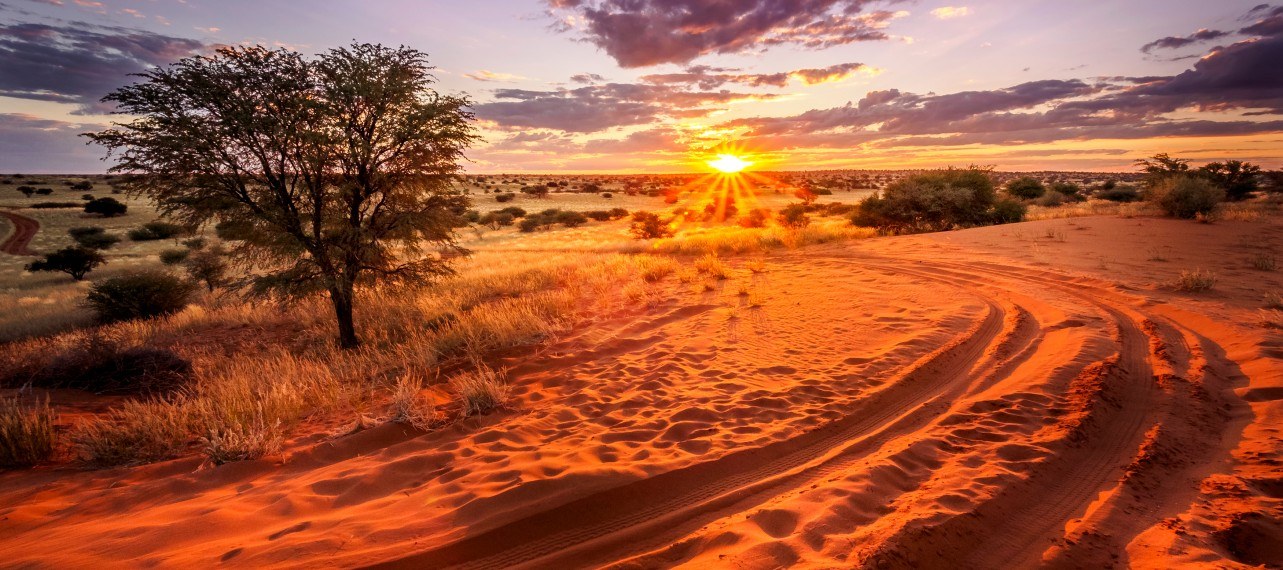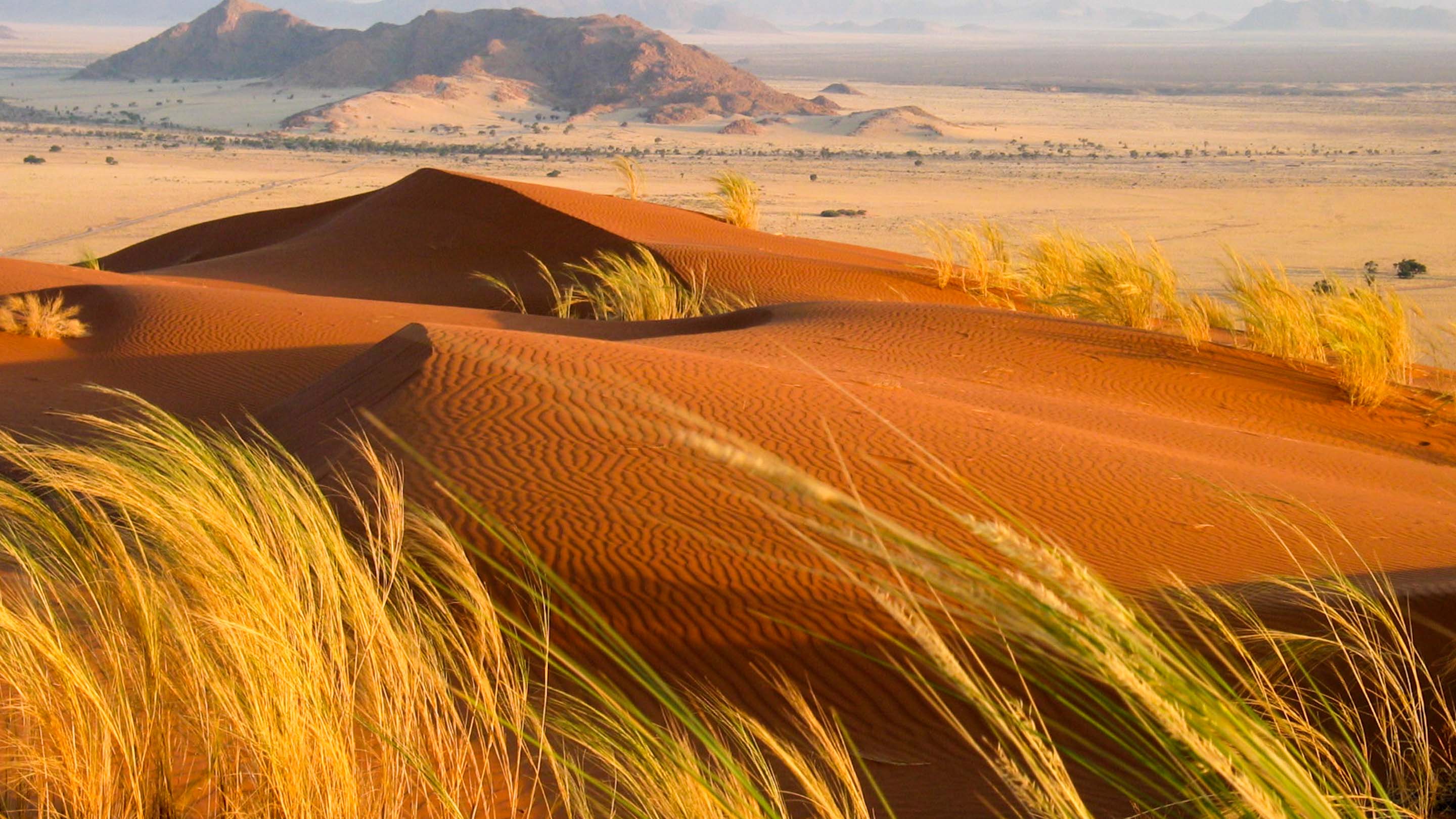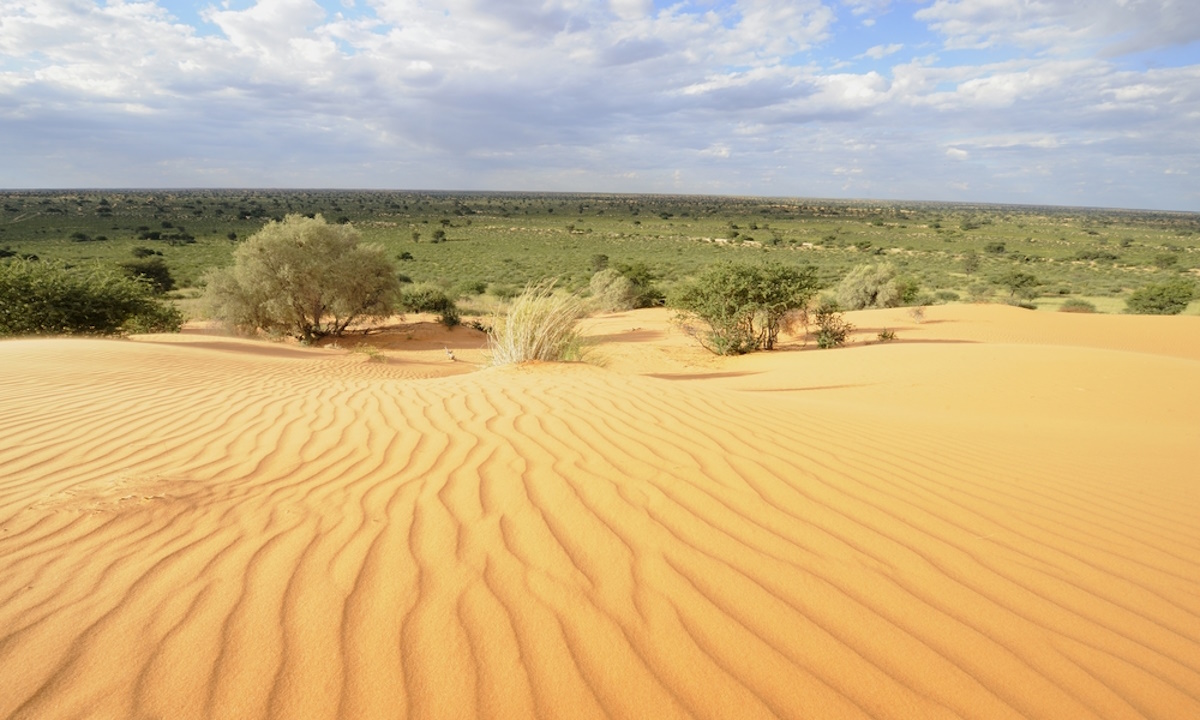Discover the Kalahari Desert
The Kalahari Desert is a vast sandy area that covers much of Botswana and parts of Namibia and South Africa. Despite its name, the Kalahari is not a true desert but a semi-arid savanna. This unique ecosystem is home to a diverse array of plant and animal life, adapted to survive in its harsh conditions.
Key Facts about the Kalahari Desert:
- Size: Approximately 900,000 square kilometers (350,000 square miles)
- Climate: Semi-arid with hot summers and mild winters
- Annual rainfall: 100-500 mm (4-20 inches), varying by region
- Dominant vegetation: Grasses, shrubs, and acacia trees
- Notable wildlife: Meerkats, lions, cheetahs, wild dogs, and various antelope species
The San People
The Kalahari is home to the San people, also known as Bushmen, who have lived in this region for thousands of years. Their traditional hunter-gatherer lifestyle and deep connection to the land have allowed them to thrive in this challenging environment.
Unique Features
One of the most striking features of the Kalahari is its red sand, which gets its color from a thin coating of iron oxide. The desert is also known for its salt pans, the largest of which is the Makgadikgadi Pan, a vast expanse of white salt flats that transforms into a shallow lake during the rainy season.
Wildlife and Adaptation
The Kalahari's wildlife has evolved remarkable adaptations to survive in this arid environment. For example:
- Gemsbok (Oryx): Can survive without drinking water for long periods
- Meerkats: Live in complex social groups and take turns keeping watch for predators
- Sociable Weavers: Build massive communal nests that can house up to 100 pairs of birds
Conservation Efforts
The Kalahari ecosystem faces challenges from climate change, overgrazing, and human encroachment. Conservation efforts, such as the establishment of the Central Kalahari Game Reserve, aim to protect this unique landscape and its inhabitants for future generations.



Visiting the Kalahari
For those interested in experiencing the magic of the Kalahari firsthand, there are several options for safaris and eco-tours. Visitors can explore the Central Kalahari Game Reserve, take guided walks with San bushmen, or witness the incredible transformation of the salt pans during the rainy season.
The Kalahari Desert is a testament to the resilience of life and the raw beauty of nature. Its vast expanses, unique wildlife, and rich cultural heritage make it one of Botswana's most captivating destinations.